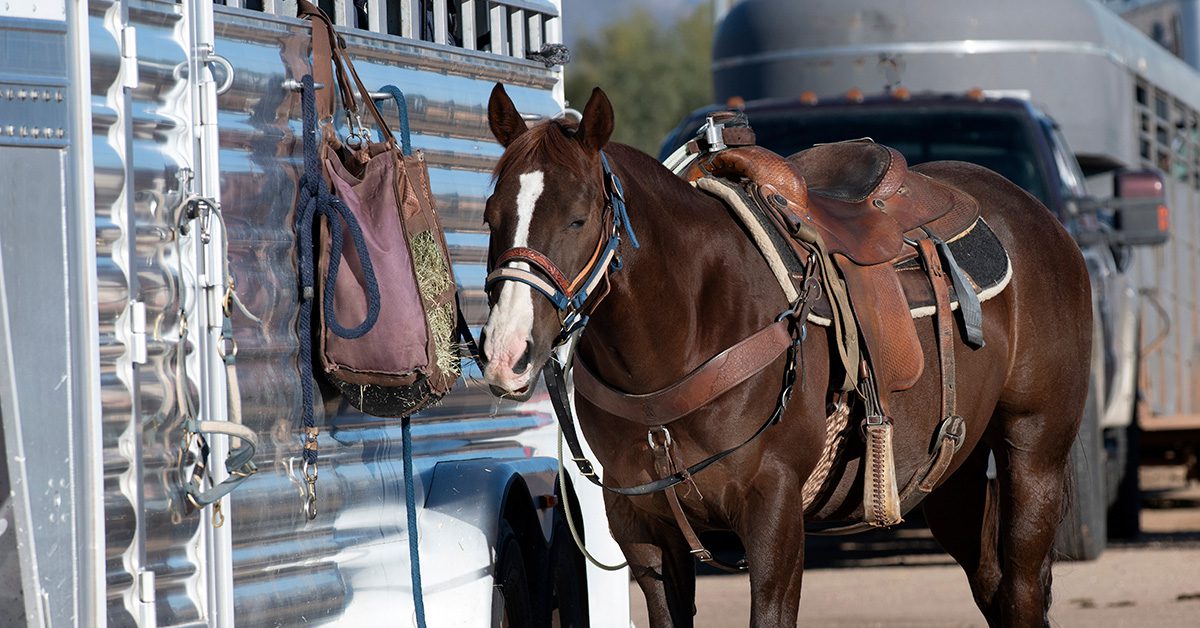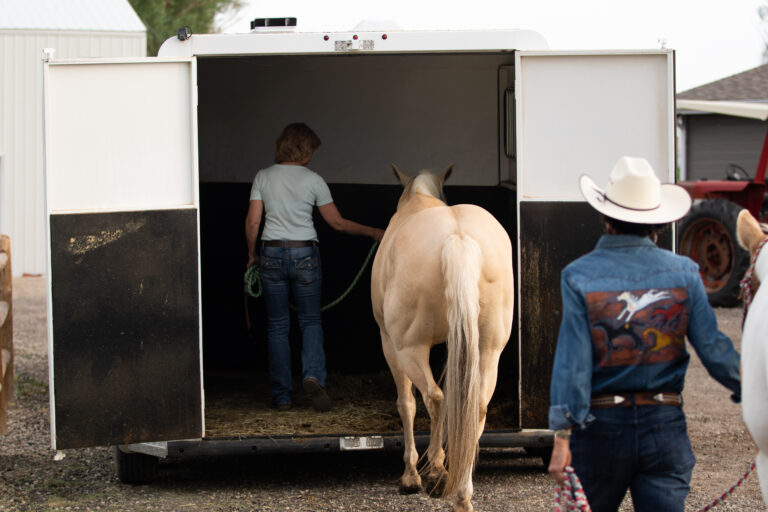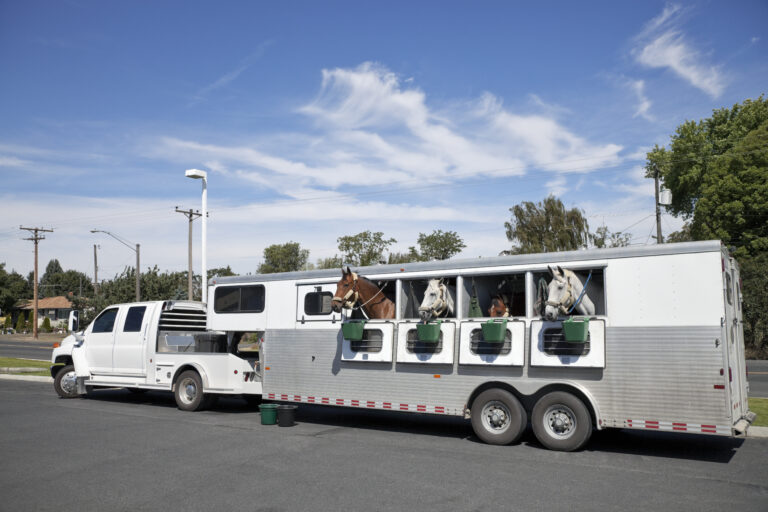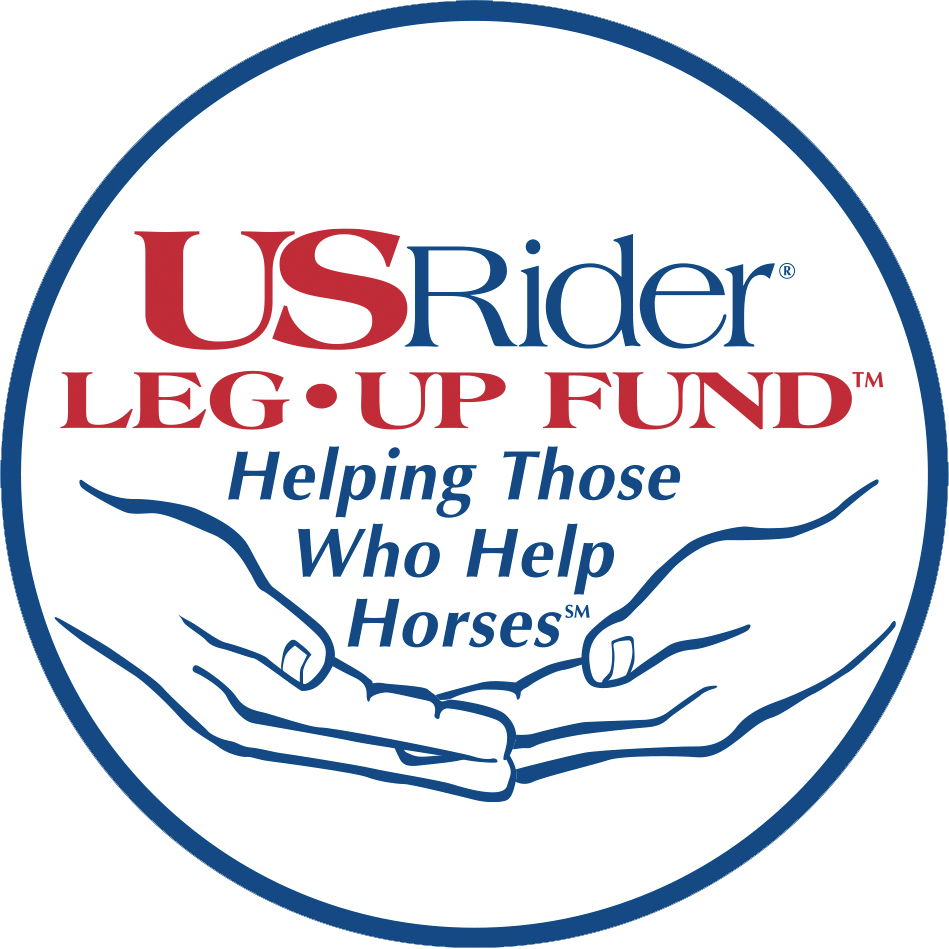
The difference between COVID-19 and Equine Coronavirus—and should horse owners be worried?
SARS-CoV-2 aka COVID-19
You’ve probably heard the stories of big cats in zoos becoming sick and even dying from infection with Covid-19 (SARS-CoV-2). Perhaps you’ve been wondering if horses are also able to contract Covid-19? Nicola Pusterla DVM, PhD, DACVIM, DAVDC-Eq of the University of California at Davis explained that equids are apparently susceptible to SARS-CoV-2 based on a similarity of the ACE-2 protein receptor between humans and horses.
Equine nasal secretion samples—36% of 667 samples—submitted to the University of California at Davis Diagnostic Lab were identified to have equine herpesvirus (EHV-1 and 4), equine influenza virus (EIV), and Strep equi. However, the nasal samples were negative for SARS-CoV-2. One horse that tested positive for SARS-CoV-2 remained healthy and its nasal secretions were negative. Although a horse may be susceptible, there appears to be no apparent clinical disease.
At the Del Mar racetrack, 22 asymptomatic jockeys and track workers tested positive for Covid-19. Serum taken from 63 Thoroughbreds ages 2–7 years and housed on-site had a positive antibody response to SARS-CoV-2 in 6.5%. However, no horse developed any clinical signs.
Horse exposure depends on contact with an infected human shedding the virus. Forty percent of companion animals associated with Covid-positive humans acquire infection and seroconvert (develop an antibody response to the viral antigen). Companion animals sleeping with their humans is the biggest risk factor for human-to-animal transmission. It is recommended that a Covid-positive human take precautions when around horses since there is always the potential for a mutation that increases virulence in horses, which then could transfer back to humans.
Equine Coronavirus (ECoV)
Equine coronavirus (ECoV)—specific to equids—is a different story altogether, says Pusterla. While the equine coronavirus is predominantly an intestinal organism, infected horses do not always display gastrointestinal signs. Typical signs of ECoV include lethargy in 81%, anorexia in 91%, fever in 74%, watery diarrhea or soft feces in 21%, colic in 12%, and encephalopathy in 4%. Neurologic signs develop due to hyperammonemia subsequent to necrotic bowel inflammation.
This virus is transmitted through accidental ingestion of feces or fecal-contaminated feed, mostly infecting adult horses with a sickness rate of 10–83%. Sickness is usually self-limiting, and few horses die as a result. Case numbers are higher during colder months. Incubation takes 48–72 hours and outbreaks last 2–3 weeks. Fecal testing is the best means of diagnosis. 90% of sick horses test positive while 91% of subclinical cases (no obvious clinical signs) test negative. Detection time is 3–9 days from the onset of clinical disease, so the peak of viral shedding doesn’t occur on the day the horse is tested thereby providing ample opportunity for the spread of the virus among a herd.
This article first appeared on the Stable Management website, February 8, 2022.











